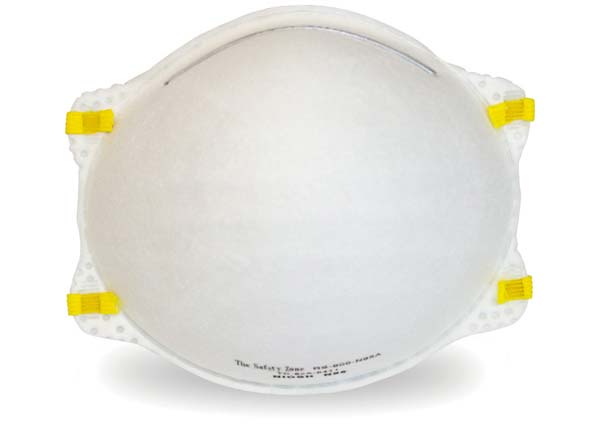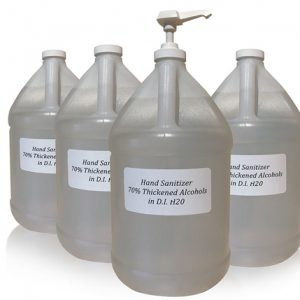Masks and respirators (N95) are useful items to keep handy for the flu or other airborne pandemics. While most people are familiar with face masks and respirators, many aren’t sure what the difference between the two is. Both are great for protection, but when does one offer more protection than the other?
Regular face coverings are useful in medical situations, treatment practices, and overall protection from germs. They are excellent at blocking bodily fluids, which can contain viruses and bacteria. Standard ones tend to be looser fitting against the face and leave a gap between your skin and the edge of the mask. This makes these particular ones fairly inefficient at block smaller germ-laden particulates, which can easily sneak into the open gaps. Face masks do protect the nose and mouth well from larger particulates including saliva and respiratory emissions. All of these protective pieces are one time use and should never be shared.
Respirator masks, like the N95 Respirator, are very similar to face masks in shape, but are more capable of protecting against small contaminated airborne particulates. The construction of an N95 Respirator Mask is designed to fit the protective device closely to the face, eliminating the gap that regular ones have. This protective equipment will protect a user against the small particles (mentioned above) and will also, like regular face masks, block and filter large particulates and protect against splash back, sprays and large droplets. N95 respirator masks are also made for use in Industrial and Healthcare settings. Any N95 respirator masks for these uses are specifically labeled and are NIOSH approved. N95 respiratory masks are available in reusable and disposable versions. As a precaution, at no point should they be shared between people.




